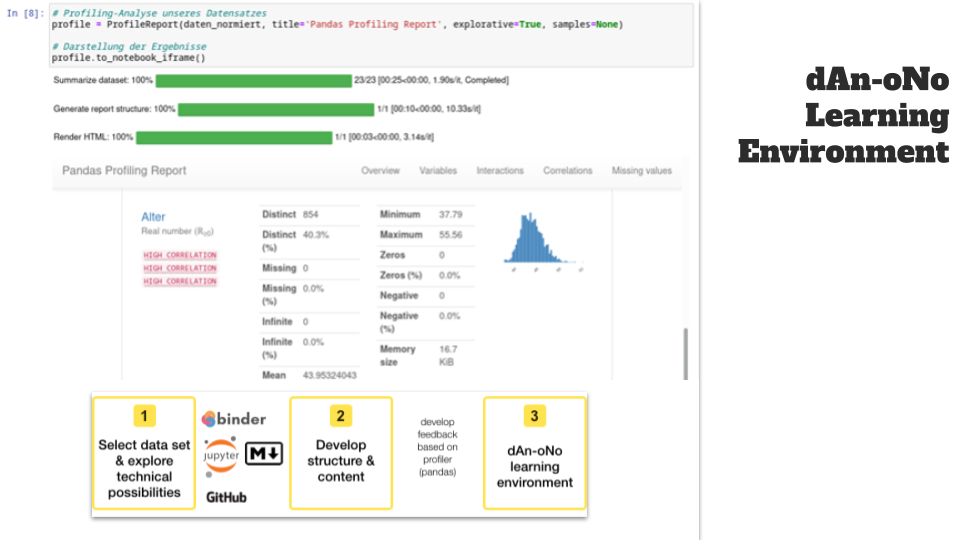dAn-oNo Learning Environment for Data Journalists Teaching Data Analytics Principles
Christina Stoiber, Štefan Emrich, Sonja Radkohl, Eva Goldgruber, Wolfgang Aigner
Room: 109
2023-10-22T22:00:00ZGMT-0600Change your timezone on the schedule page
2023-10-22T22:00:00Z

Abstract
To derive narratives from data, several journalistic abilities are required, including the skill to discover and construct compelling stories (data storytelling), employ data-driven techniques to research and analyze information (data literacy), utilize visualization methods effectively (visualization literacy), and approaching data with a combination of creativity and critical thinking. Despite their expertise in journalism, journalists often encounter challenges in comprehending and utilizing novel visual representations or understanding data analysis methods. The main objective of the dAn-oNo learning environment is to guide journalists through the data analytics process by removing coding hurdles and allowing them to experiment with and understand the code. The learning environment utilizes a Jupyter notebook with Markdown sections and incorporates a step-by-step approach, covering various stages of the data analytics workflow, such as data importing, inspection, statistical analysis, and in-depth analysis. The learning environment also includes an automated profiler that translates warnings and information into human-understandable insights. The design and implementation of the dAn-oNo learning environment were informed by a literature review, user research, interviews with Austrian data journalists, a phase of exploring different technical possibilities for the learning environment, and rapid prototyping. The prototype is accessible here: https://github.com/stemrich/SEVA\_DA-Onboarding-Tool